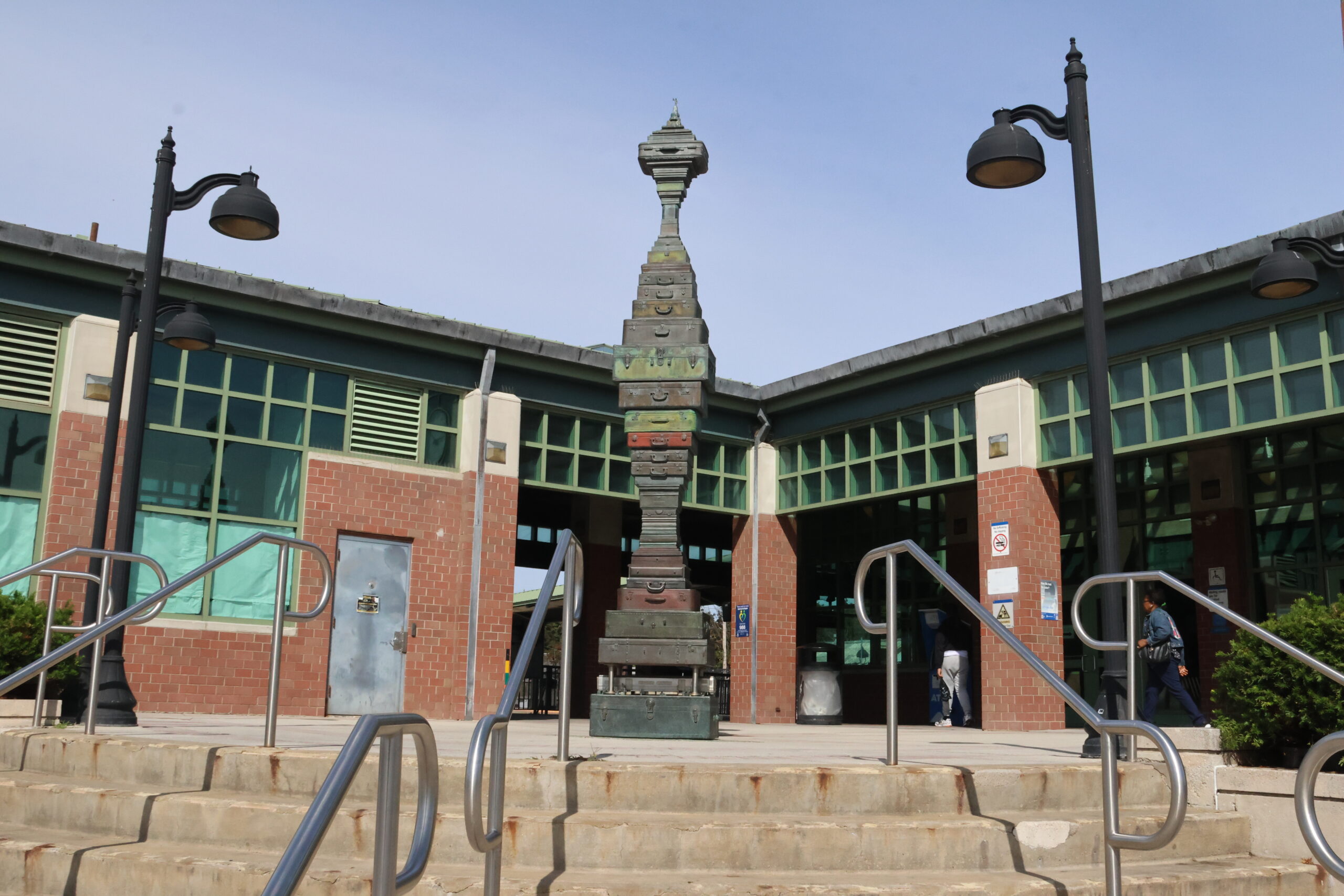By Mashiat Azmi
Five unions representing the Long Island Rail Road delayed a strike — originally scheduled for Sept. 18 — to allow further negotiations through a Presidential Emergency Board to resolve a long-standing contract dispute with the Metropolitan Transportation Authority.
That decision gave commuters a 120-day, or four-month, reprieve before the planned strike might occur. Nearly a month has passed, though, and the contract impasse remains unresolved.
The five unions represent roughly half the LIRR’s workforce. They have been working for three years without a contract. They are seeking a 16% wage increase over four years, while the MTA has offered 9.5% over three years.
The five unions include the Brotherhood of Locomotive Engineers and Trainmen, Brotherhood of Railroad Signalmen, International Association of Machinists and Aerospace Workers, International Brotherhood of Electrical Workers and Transportation Communications Union.
During a news conference at Penn Station in September, MTA President Rob Free said, ““Locomotive engineers make over $49 an hour currently. The average salary is over $160,000 a year, with top earners above $300,000. That’s largely the result of antiquated work rules that allow multiple days’ pay for one day of work. And now they want a bigger raise while keeping those rules in place.”
As the strike could pose serious problems for commuters, President Donald Trump was asked to establish a Presidential Emergency Board to review the facts and recommend a fair agreement.
Kevin Sexton, vice president of the Brotherhood of Locomotive Engineers and Trainmen, said in a recent interview with The Advocate that a strike would be a last resort. The union’s goal is to reach a fair agreement. The union aims to keep pace with inflation in salary and is seeking an agreement similar to others in the industry, Sexton said.
“Our objective is to secure an agreement that is worthy of our membership … .” he said. “But if we have to strike, it’s because the parties are at an impasse, and that’s the end of the line.”
On Sept. 15, one day before Trump signed the executive order to form the Presidential Emergency Board, the MTA issued this statement through its spokesman, John McCarthy, MTA chief of policy and external relations: “After months of radio silence, these outlier unions have finally admitted that they weren’t serious about negotiating. They never had a plan to resolve this at the bargaining table.
“If these unions wanted to put riders first,” the statement continued, “they would either settle or agree to binding arbitration. And if they don’t want to strike, they should say so.”
If the strike were to occur, Sexton said, the workers would only return through a voluntary settlement or congressional action. He said the union does not want a strike and is asking commuters to understand it demands.
“It’s unfortunate that you know this is going on, but I would ask [commuters] to be aware or keep in mind … that our ask is exceedingly reasonable,” Sexton said. “All we’re looking to do is keep pace with inflation, and we’re looking for an agreement that’s similar to agreements being reached elsewhere in the industry.”
Sexton described the unions’ salary proposal as “reasonable and not excessive.”
“We’re just asking if our proposal provides for a modest wage adjustment, and that’s not a lot, so if they were in support of that, great, obviously they’re not,” Sexton said. “And so we’re going to the next step in the process, and at this point, the only thing that I hope they can do is respect the process and stop with the rhetoric.”
State and local governments could help prevent a strike by supporting a voluntary settlement, Sexton added.
Gov. Kathy Hochul issued a statement on her website in September calling on the five unions to negotiate in good faith. She said:
“The Long Island Rail Road is a lifeline for nearly 300,000 Long Islanders each day, and I stand firmly with every rider who simply wants to get to work, school, home, or anywhere else they need to go, without disruption.
“There is a fair offer on the table,” Hochul continued, “and I have directed the MTA to be ready to negotiate anytime, anywhere. Unfortunately, five unions have refused to come to the table in good faith and rejected binding arbitration, putting riders at risk of an unnecessary strike. Both sides must return to negotiations and keep working around the clock until this is resolved.”
In an email statement, Hempstead Village Mayor Waylyn Hobbs Jr. expressed concern for LIRR commuters if a strike were to occur. “The strike could cause long-term changes in commuting, depending on how long the strike lasts,” Hobbs said. “It is mostly an inconvenience for those who take the LIRR. However, there are other forms of transportation.”
Since the local government does not control the LIRR, it can only advocate for residents during a strike, according to Hobbs.
Mimi Katzen, a regular LIRR commuter, discussed the potential strike and its possible consequences. Katzen highlighted the potential travel disruptions caused by a LIRR service interruption. Katzen expressed concern over a more than two-hour possible bus commute, and said she wishes the union’s demands are met to prevent a strike.
“I hope the union gets what they’re asking for, because at the end of the day, it’s just asking for fair wages,” Katzen said. “And then a lot of these MTA workers again, they do work really hard in their jobs, and they’re there for a large portion of the day, and you know, they’re just like other workers, just like the rest of us.”
The last MTA strike was in 1994.
Scott Brinton contributed to this story.







